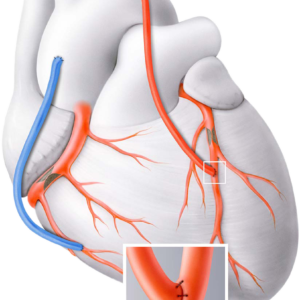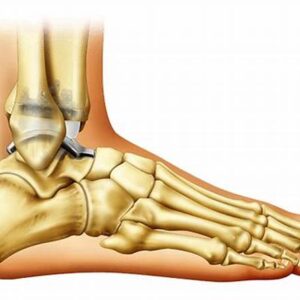Description
Bone & Soft Tissue Oncology
Bone and soft tissue oncology focuses on diagnosing and treating cancers that arise in the bones and the soft tissues surrounding them. Here’s a breakdown of key aspects:
Treatment:
Treatment plans are highly individualized, often combining various approaches:
- Surgery: The mainstay for most bone and soft tissue cancers, aiming for complete removal of the tumor with a margin of healthy tissue. Reconstruction procedures may be needed to restore function or appearance after surgery. Minimally invasive techniques are preferred whenever feasible.
- Radiation therapy: Uses high-energy X-rays to target and destroy cancer cells. Can be delivered before surgery (neoadjuvant) to shrink the tumor, after surgery (adjuvant) to reduce the risk of recurrence, or as the primary treatment for some situations.
- Chemotherapy: Employs powerful drugs to kill cancer cells throughout the body, often used before or after surgery depending on the cancer type and stage.
- Targeted therapy: Newer medications that target specific mutations or pathways driving the cancer’s growth.
Procedures:
Specific procedures depend on the location and type of cancer. Here are some examples:
- Wide local excision: Removal of the tumor and a margin of healthy surrounding tissue.
- Limb salvage surgery: Procedures to remove the cancerous bone while preserving the limb, often followed by reconstruction with prosthetics or bone grafts.
- Amputation: Removal of an entire limb or part of a limb if the cancer is extensive or involves a critical bone or joint.
- Soft tissue resection: Removal of a tumor in the soft tissues like muscles, nerves, or blood vessels.
Who is Suitable?
The suitability for a specific treatment depends on several factors:
- Type and stage of cancer: Early-stage cancers might be treated with surgery alone or surgery with radiation, while advanced stages might involve combinations of surgery, radiation, chemotherapy, and/or targeted therapy.
- Location and size of the tumor: The location and size of the tumor will influence surgical options and potential for limb salvage.
- Age and overall health: Treatment needs to be tailored to a patient’s overall health and ability to tolerate procedures.
- Individual preferences: Discussions about potential side effects, functional limitations, and quality of life are crucial in tailoring treatment.
Who is Not Suitable?
Certain treatments might not be suitable in situations where:
- The patient has severe underlying health conditions that pose a significant risk for surgery or other aggressive treatments.
- The cancer is very advanced, and curative options are limited.
- The potential side effects of treatment outweigh the potential benefits based on the patient’s preferences and overall health.
Advantages:
- Potential for cure: Early-stage bone and soft tissue cancers often have good cure rates with surgery or a combination of treatments.
- Improved quality of life: Treatment aims to alleviate symptoms like pain, swelling, or limited mobility and allows for a return to normal activities as much as possible.
- Advancements in technology: Minimally invasive surgeries, targeted therapies, and improved prosthetic devices offer better outcomes and more options for patients.
- Limb salvage procedures: Whenever possible, these procedures aim to preserve the affected limb and minimize functional limitations.
Complications:
Treatment complications depend on the specific treatments used and the patient’s health. Here are some general possibilities:
- Surgery: Infection, bleeding, pain, nerve damage, lymphedema (fluid buildup in the limb), depending on the type and location of the surgery.
- Radiation therapy: Fatigue, skin irritation, increased risk of infection, potential for long-term effects like bone growth problems or secondary cancers (depending on the radiation field).
- Chemotherapy: Fatigue, nausea, vomiting, hair loss, increased risk of infection.
Preoperative Care:
- Comprehensive medical evaluation to assess overall health and suitability for treatment.
- Imaging tests like X-rays, CT scans, and MRIs to diagnose and stage the cancer.
- Biopsy to confirm cancer diagnosis.
- Education and discussion about treatment options, potential side effects, and recovery process.
- Planning for limb salvage surgery or prosthetic rehabilitation if needed.
Postoperative Care:
- Pain management with medication.
- Physical therapy to regain strength and mobility in the affected area.
- Monitoring for signs of infection.
- Management of potential side effects from treatment.
- Follow-up appointments to monitor recovery and check for recurrence.






Reviews
There are no reviews yet.